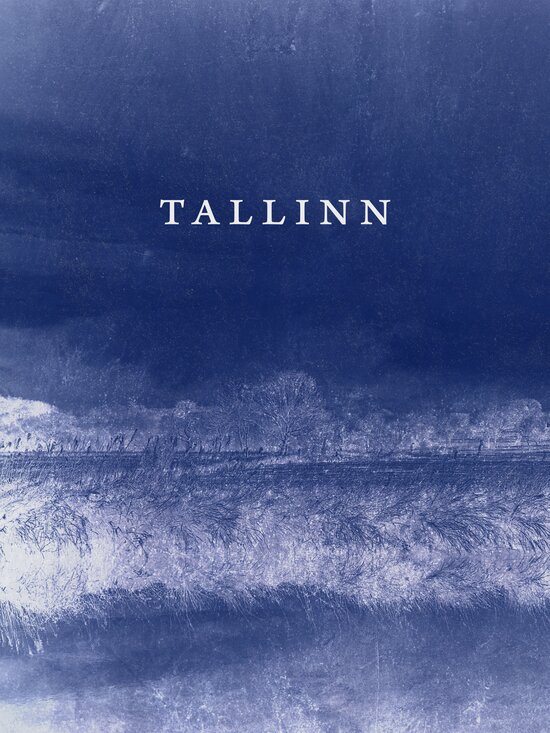Medieval soundscapes

Venture into the sonic heart of a dark, foreboding forest with Grimm. With six ensembles performing textural, melodic, and aleatoric articulations as well as an array of processed pads and impacts, Grimm puts instruments and sounds from distant eras into a new context. It’s a set of cinematic scoring tools with historical associations but a contemporary edge.
Grimm was made together with Bleeding Fingers Music explicitly for screen scoring. Its foundation consists of six three-piece ensembles made from selected traditional European instruments: Tagelharpa, tagelharpa cello, lutes, sackbuts, hurdy-gurdy, baroque flutes, recorders, and strings. Building from these instruments’ characteristic sounds, the articulations and processed patches in Grimm instantly set scenes and manufacture moods.

Medieval instruments and textures through a contemporary lens.
Highlights
6 historically inspired ensembles
Created with Bleeding Fingers Music
Mapped for compatibility with contemporary tuning
Stylized processed pads and impacts
Tagelharpa, hurdy-gurdy, baroque flutes, and lutes
Recorded at Teldex Scoring Stage, Berlin
What's included
Grimm contains six ensembles containing a blend of antique, non-orchestral instruments. Reduced to their core, these ensembles represent woodwinds, high strings, mid strings, low strings, plucked strings, and brass. Here’s a closer look at the instruments at the heart of these ensembles:
Baroque recorder and flutes
The baroque recorders and flutes in Grimm are made of wood and known for a clear and sweet sound. Grimm focuses more on their textural capabilities than their stereotypically melodic nature. Unconventional playing techniques were frequently employed for breathy, airy, or otherworldly textures.
Hurdy-gurdy and baroque violins
Our “high strings” ensemble. Hurdy-gurdy is played by cranking a wheel that serves as a bow continuously rubbing against the strings. It produces a sound with rich overtones and a buzzing, thrumming character. We’ve encased it in the mellow soundbed of two baroque violins.
Tagelharpa and baroque violins
The tagelharpa is a bowed lyre from northern Europe dating back at least as far as the 10th century. It’s an instrument with a gritty, earthy sound that blends splendidly with two baroque violas for string textures in the mid range.
Tagelharpa cello and baroque basses
The big brother of the tagelharpa, the tagelharpa cello exhibits the same bite and mournful wail, but is deeper in pitch. Flanked by two gut-string basses, this ensemble provides the hefty low end.
Sackbut ensemble
The sackbut is the baroque and renaissance era precursor to the modern trombone. The bell shape and smaller bore give these instruments a different timbre than their contemporary ancestors.
Lutes
We all know the lute as the instrument of choice for baroque or renaissance bards. In Grimm, we’ve put together a lute ensemble with a selection of different-sized lutes. The plucked string sound fills needs both textural and melodic.

Instruments inspired by stories of old
Since the instruments of Grimm are frequently associated with medieval or fantasy worlds, the collection naturally makes an exquisite palette of sounds for these genres. However, it’s capable of much more—from modern horror to crime drama, Grimm adds texture, tension, and emotion to scenes in need of a slightly melancholy tint.

Detailed processed patches
In addition to the six instrument ensembles, Grimm contains an array of processed pads and impacts. With distortion, filters, and numerous other digital and analog effects, our experts sculpted the original samples into new soundworlds. Gritty, dark, eerie, melancholic, or even sweetly dystopian–these patches conjure moods with an immediacy that transcends time.
Made in collaboration with Bleeding Fingers Music
Bleeding Fingers Music is an all-star team of composers founded by Hans Zimmer, Russell Emanuel, and Steven Kofsky under the credo that collaboration fosters innovation and creativity. Their work can be found in major film and television productions including Blue Planet 2, Prehistoric Planet, The Simpsons, Beckham, and a lot more. Grimm was made in close collaboration with Adam Lukas (left) and Jacob Shea (right) specifically for their work on an upcoming series.

Recorded at Teldex, mapped for modern tuning
All of the instruments in Grimm were sampled at Teldex Scoring Stage in Berlin, enabling you to blend these sounds seamlessly with other Orchestral Tools libraries such as Miroire or the Berlin Series.
You don’t have to worry about transposing anything with Grimm—regardless of the instruments' original tuning, all of the ensembles are key-mapped for compatibility with modern (A4=440 Hz) tuning.

People who like this also like

Drones
By Alexander Hacke

Salu
Close-up soundscapes

Peteris Vasks Strings
Chamber strings and first chairs

Monolith by Richard Harvey
Cinematic traditional drums

Tallinn
Baltic voices and strings
Runs in SINE
Mic merging
Preserve your system resources: Fine-tune your mix using multiple mic positions, then merge into a single channel within the player.
Greater usability
SINE is designed to complement the compositional workflow. Create on the fly with auto keyswitch options, and easy remapping tools.
Download single instruments
Choose only the instruments and mic positions that you currently need—no need to download the entire collection at once.

Scoring Tools
Grimm
Medieval soundscapes
Teldex Scoring Stage, Berlin


Works with Orchestral Tools’ SINE Player—NOTE: Latest version required!
Size
46 GB of samples (40 GB SINEarc compressed)
24 bit / 48 KHz patches
SINE system requirements
Mac: macOS 10.15 or higher | Intel Core i5 or similar | Apple ARM chipsets supported | At least 8 GB RAM (16 GB+ recommended)
Windows: Windows 10 | Intel Core i5 or similar | At least 8 GB RAM (16 GB+ recommended)
Formats supported: Standalone, VST, VST3, AU, AAX